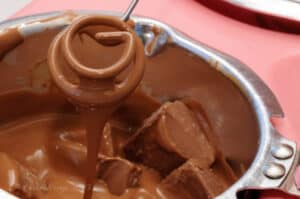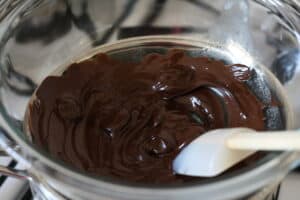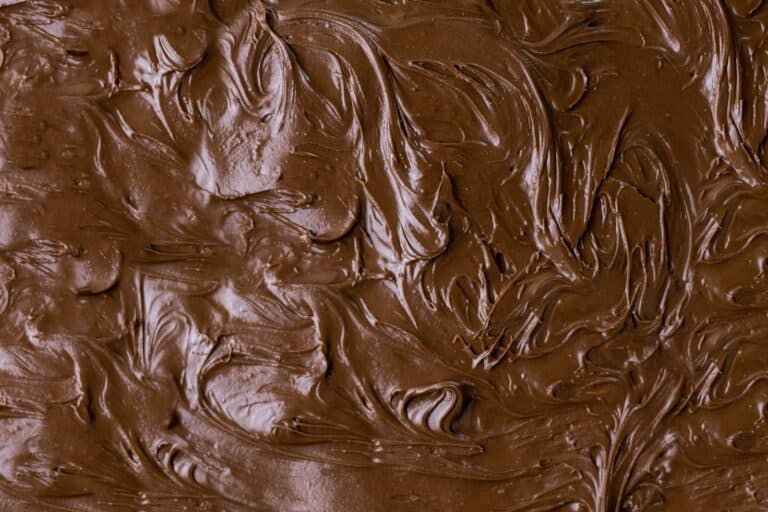Chocolate has been enjoyed around the world for centuries, and its ability to melt when heated is one of its most beloved and intriguing properties. In this article, we will explore the science behind why does chocolate melt when heated and the factors that influence its melting point. Understanding the melting process of chocolate can help both chocolate enthusiasts and chocolate makers appreciate this sweet treat even more.
Why Does Chocolate Melt When Heated?
At its core, chocolate is made up of cocoa solids, cocoa butter, and sugar. Cocoa solids, also known as cocoa powder, provide the distinct chocolate flavor, while cocoa butter contributes to its smooth and creamy texture. When chocolate undergoes the melting process, it transitions from a solid state to a liquid state, known as melted chocolate.

The Melting Point of Chocolate
The melting point of chocolate varies depending on its composition. Different types of chocolate, such as milk chocolate and dark chocolate, contain varying amounts of cocoa solids, cocoa butter, and other additives. As a result, they have different melting points.
Milk chocolate, which contains a higher percentage of milk fat, has a lower melting point compared to dark chocolate. This is why milk chocolate melts easily in our mouth, giving it a smooth and creamy texture. Dark chocolate, on the other hand, has a higher melting point due to its higher cocoa content.
Crystal Forms of Chocolate
The melting point of chocolate is influenced by its crystal structure. Chocolate has six different crystal types, but the two main ones are type IV and type VI crystals. Type IV crystals are stable and give chocolate a smooth and glossy finish, while type VI crystals are less stable and can result in a grainy texture.
When chocolate is properly tempered, it encourages the formation of type IV crystals, which melt at a temperature close to body temperature. This is why tempered chocolate feels velvety and melts effortlessly in the mouth. The tempering process involves carefully heating and cooling the chocolate to create the desired crystal structure.
Factors Influencing the Melting Process
Apart from the composition and crystal structure, there are several factors that influence how chocolate melts when heated. Temperature is the most obvious factor. Chocolate begins to melt at around 86°F (30°C), which is slightly below body temperature.
The type of fat present in chocolate also affects its melting properties. Cocoa butter, which is the primary fat in chocolate, melts at lower temperatures compared to other fats like stearic acid. This low melting point helps give chocolate its unique melting experience. Additionally, the presence of sugar in chocolate can lower the chocolate’s melting point.

Other additives and processing techniques used by chocolate makers can also affect the melting point of chocolate. For example, adding milk fat or milk solids to chocolate creates a lower melting point, resulting in chocolate that is smoother and creamier.
The Melting Process of Chocolate
When heated, the cocoa butter within chocolate reaches its melting point and transitions from a solid to a liquid. This process is accompanied by a change in the structure of the cocoa butter crystals. The type IV crystals, which contribute to the smooth texture, melt first, followed by the less stable type VI crystals.
During the melting process, the cocoa solids, cocoa butter, and sugar blend together to form a homogenous liquid. The melted chocolate can then be used as a coating, ingredient, or enjoyed as is.
Final Thoughts
Chocolate’s ability to melt when heated is a result of its unique composition and crystal structure. The presence of cocoa butter, different types of crystals, and other factors influence the melting point and texture of chocolate. Whether it’s milk chocolate, dark chocolate, or white chocolate, understanding why chocolate melts when heated adds to our appreciation of this delicious treat. So the next time you indulge in melted chocolate, take a moment to savor the science and artistry behind it.
